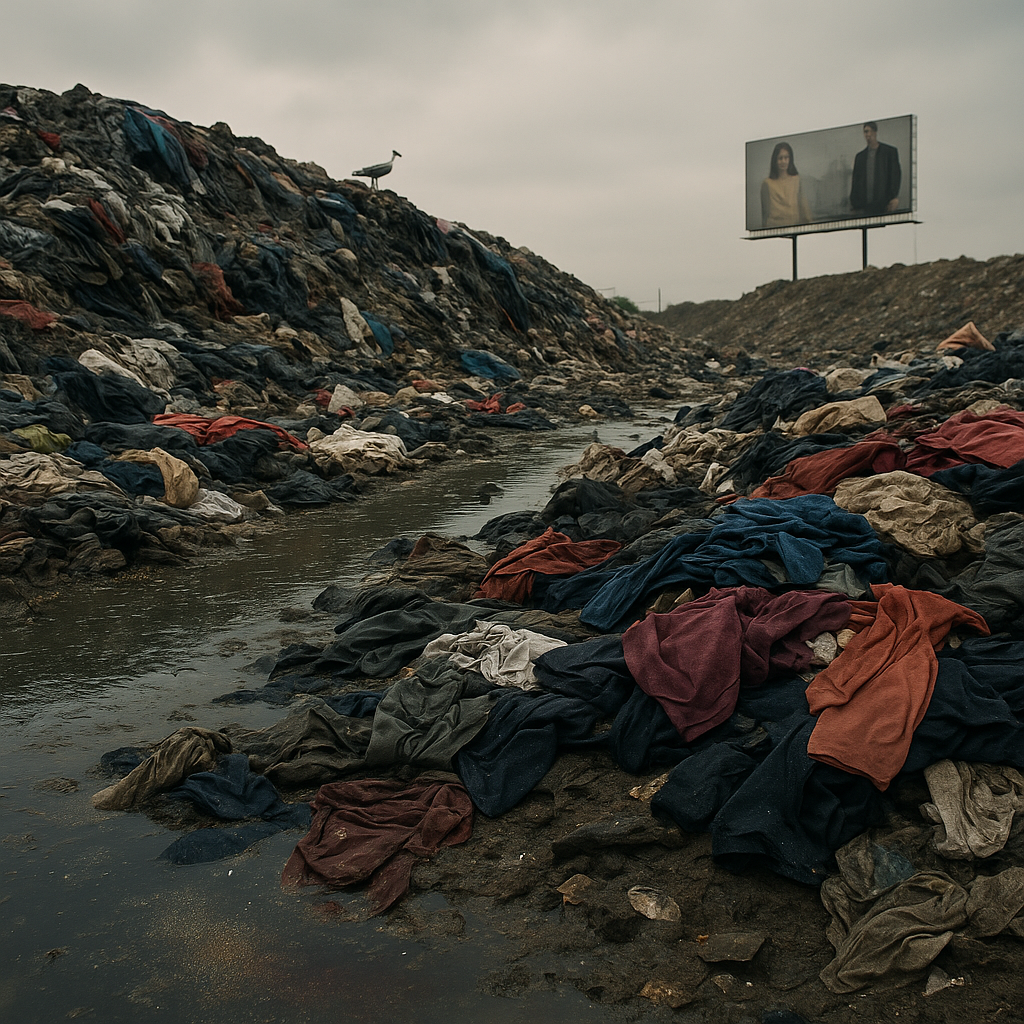The Pursuit of Circularity: The Realities of Building a Closed-Loop Fashion System
The idea of a closed-loop fashion system—where garments are designed, worn, returned, and remade without waste—is one of the most compelling visions for a sustainable future. It’s a vision we share at Celys. However, while innovation in materials (such as our compostable fibre) is helping make that future technically possible, the reality of implementing true circularity is far more complex.
Two of the biggest roadblocks? People and policy.
1. Circularity Depends on Consumers Following Through
The uncomfortable truth is this: the same consumers demanding sustainable fashion are often the weakest link in making it happen.
Closed-loop systems rely on people returning garments at the end of life, separating textiles correctly, and resisting the temptation to throw old clothes into the wrong bin and hope for the best (“wish cycling”).But follow-through is consistently low. Take-back schemes often see dismal participation. Compostable items end up in landfills. Clothing with resale potential is often discarded in charity bins with little consideration for whether it’s wanted or wearable.
The industry has gone to great lengths to make sustainability easier: QR codes, drop boxes, and free return labels. But behaviour change has lagged far behind the rhetoric. We hear plenty about what brands should be doing, but minimal scrutiny of consumer responsibility.
Yes, brands need to do better. But consumers don’t get to demand circularity without engaging in the most basic requirements to make it function. A circular economy doesn’t work if we only show up for the shopping part.
2. Fragmented Laws Make Circularity Even Harder
Even when brands are willing to take responsibility, the legislative landscape makes circularity incredibly hard to scale. That’s because regulations are inconsistent, especially across major fashion markets like the United States.
California, for instance, is set to introduce Extended Producer Responsibility (EPR) legislation for textiles well ahead of the rest of the country. While progressive in intent, it creates a compliance headache: brands must implement robust recovery systems in California while continuing to operate as usual in other states. The same garment sold in multiple states is now subject to wildly different rules.
It forces brands into an impossible position: either build systems state by state (expensive and messy), or hold off until national standards emerge (slow and uncertain). And in the meantime, brands that lead are penalised with higher operating costs, while laggards face little consequence.
The result? An uneven playing field that discourages bold action and delays collective progress.
What We Believe at Celys
At Celys, we’re not here to make incremental improvements. Our compostable fibre is designed for a regenerative, circular system. However, we also know that materials alone won’t solve the problems of fashion. Circularity requires commitment from brands, from regulators, and yes, from consumers.
It’s time to move beyond buzzwords and start holding every player in the system accountable. Consumers included.
Until we all take responsibility, the loop remains open.



